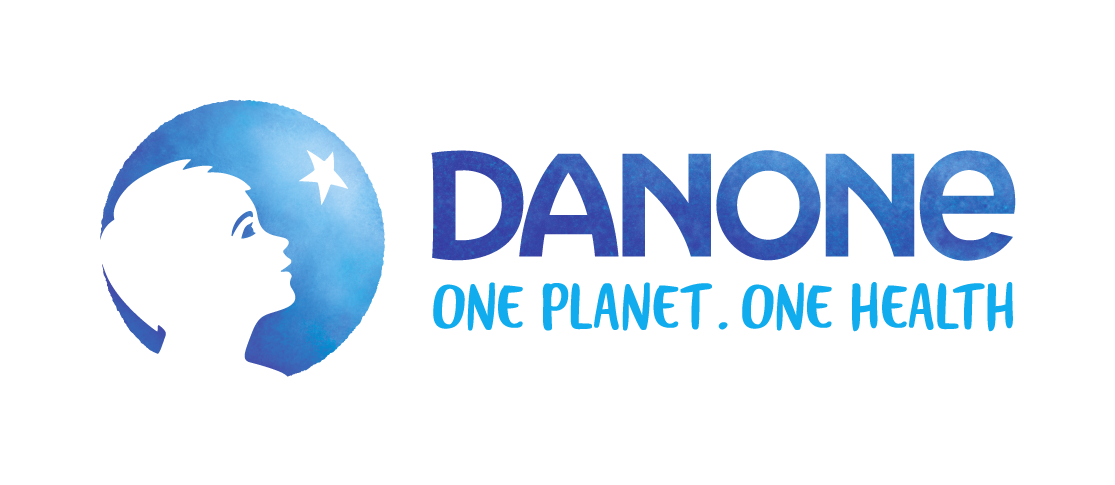
The Hippocrates project
Reducing antibiotics consumption for dairy cows
Antibiotics are still widely used at most Russian farms, averaging about 5 yearly doses of antibiotics per cow.
Reducing antibiotics consumption for dairy cows
Russia
 Animals
Animals
Improving milk quality through the Hippocrates project
Antibiotics are still widely used at most Russian farms, averaging about 5 yearly doses of antibiotics per cow. To meet European standards this should be brought down drastically. And that for more than 200 farmers with 200.000+ cows across Russia.

Reducing antibiotics has two main advantages
1.It makes economic sense
Responsible use of antibiotics is cheaper for farmers. It’s better for the animals, who stay healthier longer and as a result, give more milk.
2.It improves the quality of the milk
By restricting the use of antibiotics on a farm level we decrease the chances of antibiotics ending up in raw milk.
The Hippocrates Project is leading the way
We started with 5 antibiotics doses per cow per year. This included treatment and prevention of diseases (for cows, calves and heifers).
At the moment, we are at an average of 4.6 doses, with plans to lower it still and reach the threshold of no more than 2 doses per cow per year.
We are working on antibiotics awareness in our market, training farmers and developing new techniques with which we can improve.
Execution of these three actions will help farmers to better the health of their heard and reduce the use of antibiotics as a direct result of that.

Not only the antibiotics usage is rapidly decreasing, but cases of mastitis are dropping at the partner farms as well, thanks to a better prevention approach that brings the best care to cows.
PROSTOKVASHINO is bringing health to farmers and Russian families
Consumers like the taste of our Hippocrates Project too. The dairy brand Prostokvashino is currently number one on the Russian market, with almost 100% consumer awareness and 75% of Russian households consuming it.
Together with MSD






